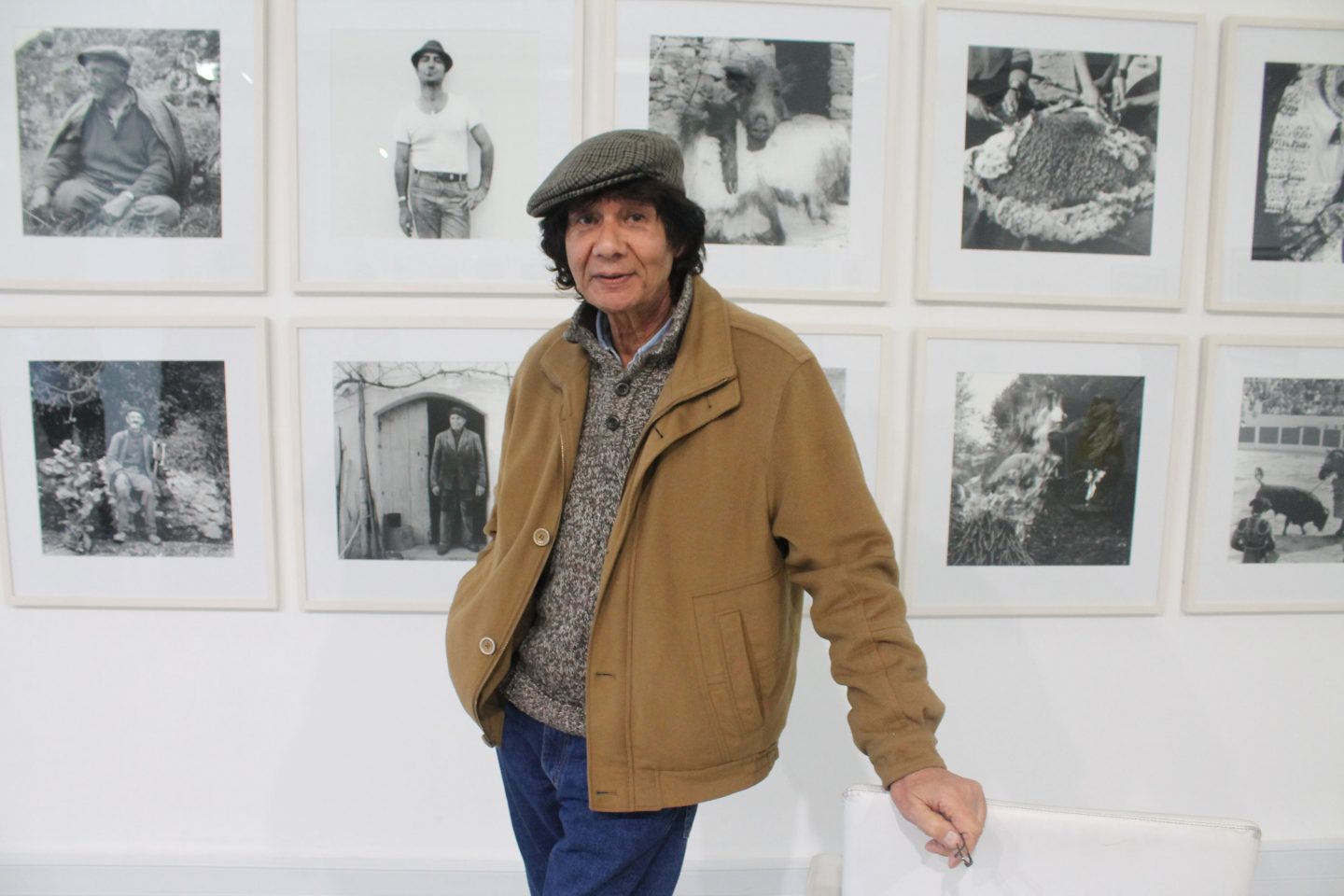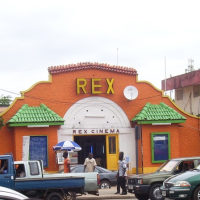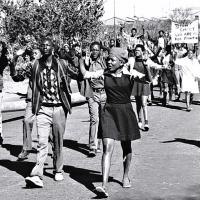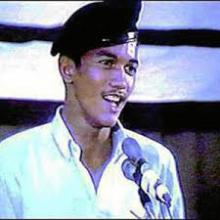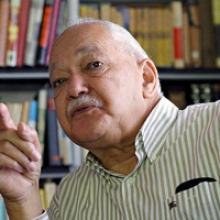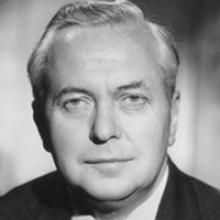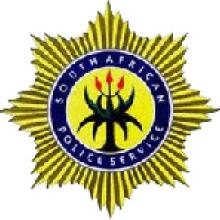Motlotlehi – His Majesty King Constantine Bereng Seeiso Moshoeshoe II of Lesotho
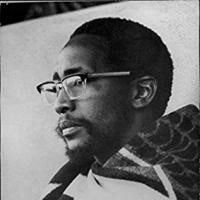
Lanseria International Airport, Roodepoort
O.R. Tambo International Airport, Johannesburg
The renaming ceremony of the Johannesburg International Airport to O.R Tambo International Airport in Johannesburg, South Africa, October 27, 2006. Oliver Reginald Tambo was President of the African National Congress at the height of the anti-apartheid struggle in South Africa. The ceremony coincided with his birthday! O.R. Tambo International Airport is Africa's biggest and busiest Airport, facilitating over 21 million passengers a Year. More than 50 percent of South Africa's air travelling passengers are facilitated through the Airport.
It is ideally situated in Johannesburg South Africa's commercial and in the heart of Ekurhuleni Municipality, the heart of the 'City's Industrial Hub.' The Airport boasts excellent Road infrastructure linking it to the National Road Network. O. R. Tambo International Airport services Airlines from five Continents across the World and plays a vital role in serving the Local and Regional air transport needs of South Africans, as well as International travelers. Not only is it a passenger hub, but has a cargo facilitation capacity of 650 000 tones per Annum. The Airport also has a significant Retail sphere, which cuts across the Spectrum from high-end Duty-Free Stores, African Curio Shops and a wide range of food and beverage Retailers. O.R. Tambo International Airport also has a Hotel in the Area,
Classroom COVID-19 Support
History in Images
Joey Fourie
Joey Fourie was born in Oudtshoorn in the then Cape Province (now Western Cape), to a traditional Afrikaans family. She was educated in Wellington, Cape Province. Fourie began her working life at an early age in Cape Town, Cape Province, first as a telephonist and later a waitress.
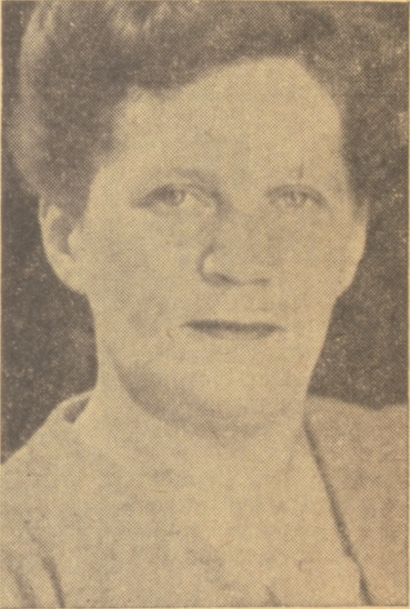
Hettie McCleod
Hettie McCleod was born on 27 June 1922 in Goodwood, Cape Town, Cape Province (now Western Cape). She was the youngest of five children (three girls and two boys) and was raised by her mother, as her father had left the family when the children were small. Hettie attended Wesley Primary School and later Wesley Training College where she qualified as a teacher in 1942.
